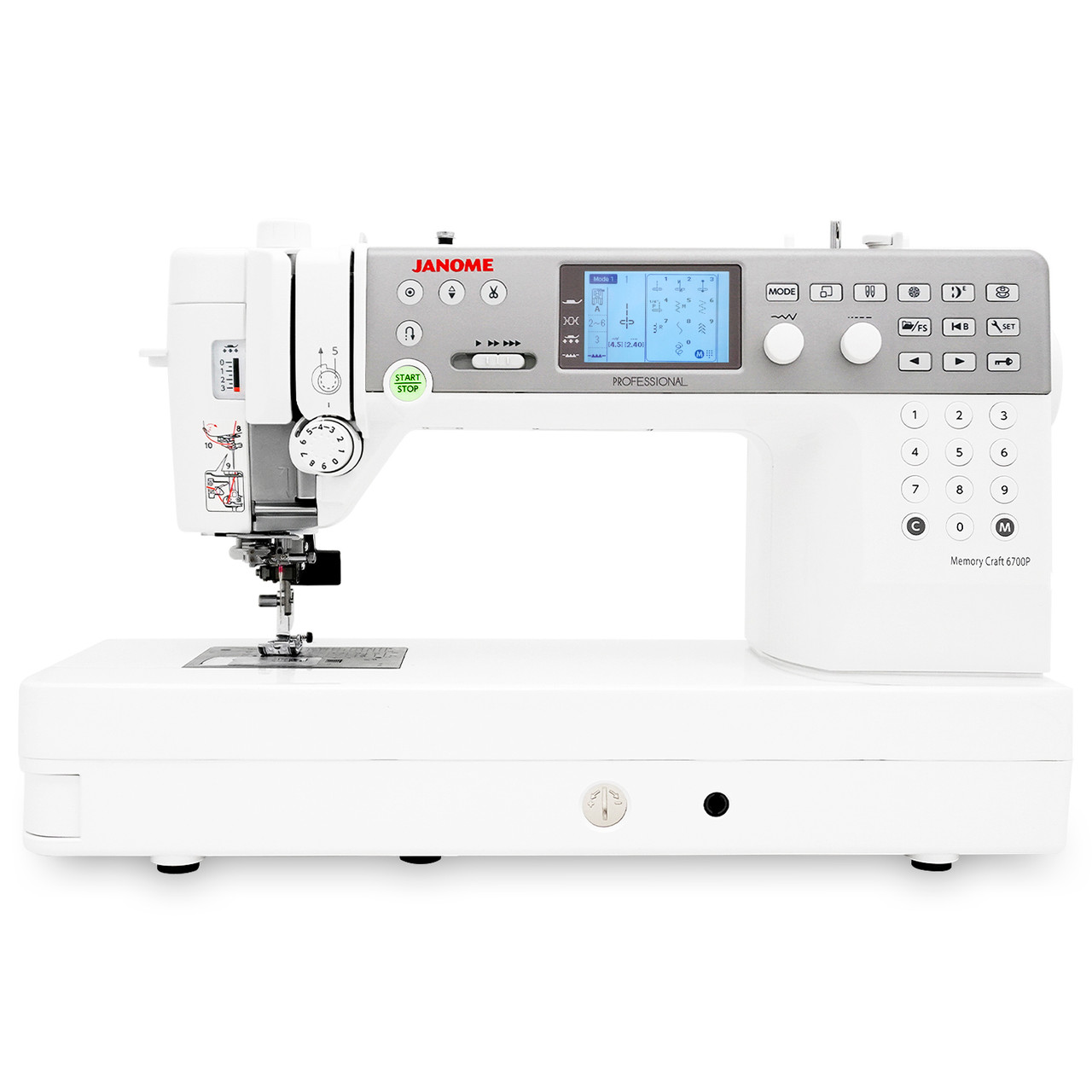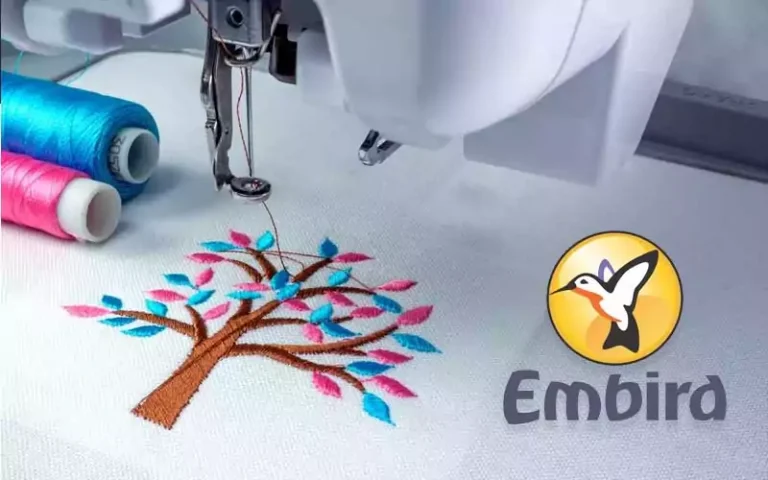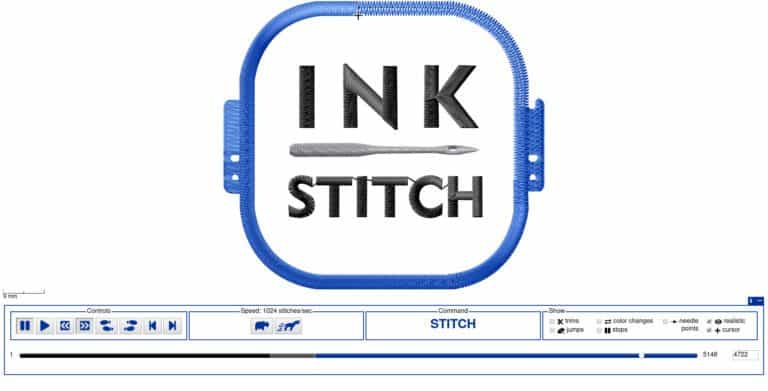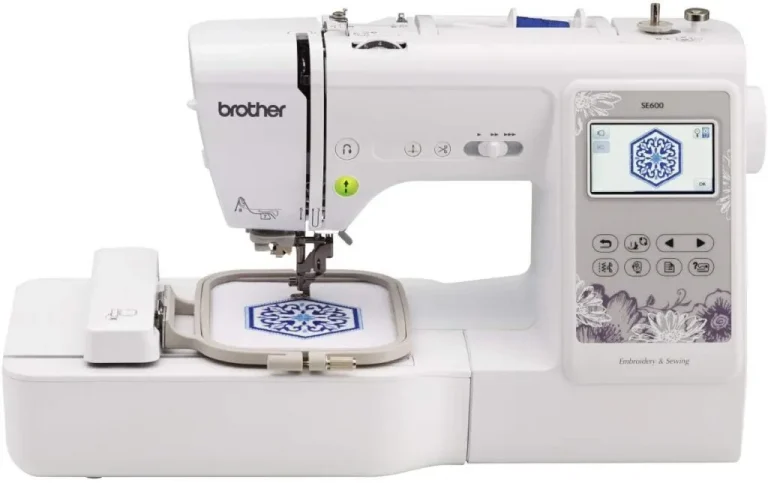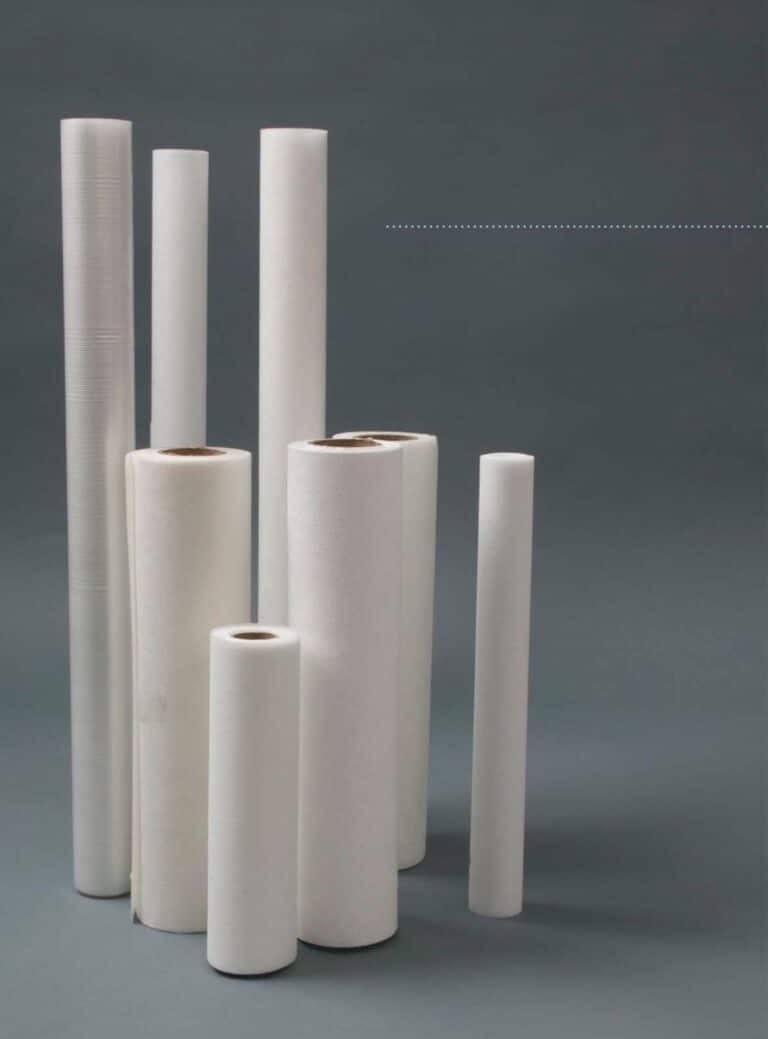Embroidery is a captivating art form that allows us to infuse our creativity onto fabric. One crucial element that often goes unnoticed but plays a significant role in achieving successful embroidery projects is the choice of the right hoop size. Hoop sizes not only impact the overall design placement but also affect the fabric tension, ensuring a smooth stitching process. In this article, we will explore the various aspects of choosing the right hoop size for your embroidery projects. From understanding the impact of hoop size to factors to consider, tips and techniques, common mistakes to avoid, and even alternative hoop options for specialized projects – we will guide you through the process of selecting the ideal hoop size to enhance your embroidery endeavors.
1. Introduction to hoop sizes in embroidery
1.1 What are hoop sizes?
When it comes to embroidery, hoop sizes refer to the circular frames that hold your fabric taut while you work your magic. They come in various diameters, typically ranging from as small as 4 inches to as large as 12 inches or more. Think of them as the trusty sidekicks to your embroidery projects.
1.2 Importance of choosing the right hoop size
Choosing the right hoop size is crucial for a successful embroidery project. A hoop that is too small might not fit your design, resulting in an incomplete or distorted motif. On the other hand, a hoop that is too large can lead to loose fabric, making it difficult to achieve the necessary tension and precision. So, finding the Goldilocks of hoop sizes is key here.
2. Understanding the impact of hoop size on embroidery projects
2.1 How hoop size affects the design placement
Hoop size plays a significant role in determining where your design will be placed on your fabric. A smaller hoop limits your embroidery area, making it best suited for petite designs or accents. On the flip side, a larger hoop provides you with more space to showcase intricate designs or capture attention-grabbing details.
2.2 The influence of hoop size on fabric tension
Achieving the right fabric tension is vital for clean and professional-looking embroidery. The size of your hoop affects the tension applied to the fabric. A hoop that matches the dimensions of your embroidery area snuggly holds the fabric taut, preventing unsightly puckering or warping. Remember, nobody wants a saggy or lumpy piece of embroidered art.
3. Factors to consider when choosing the right hoop size
3.1 Type and complexity of the design
Consider the intricacy of your design and the level of detail you want to showcase. If your design is a delicate masterpiece, you might want to opt for a larger hoop to give it room to shine. Simpler designs, on the other hand, can thrive in smaller hoops without overwhelming the fabric.
3.2 Size and shape of the embroidery area
Take into account the dimensions and shape of the area where you plan to do your embroidery. A long and narrow design might not fit well in a small hoop, while a circular motif could get lost in a larger hoop. Matching the hoop size to your embroidery area ensures a snug fit and proper design placement.
3.3 Fabric type and thickness
Different fabrics have different characteristics, and these can influence the choice of hoop size. Thicker fabrics might require larger hoops to accommodate their bulk, while thinner fabrics can work well with smaller hoops. Keep in mind that the fabric should be held securely in the hoop without stretching or distorting it.
4. Determining the appropriate hoop size for different types of projects
4.1 Small projects like patches or motifs
For small projects like patches or dainty motifs, smaller hoops in the 4 to 6-inch range are usually sufficient. They provide the right amount of tension and keep your design neatly contained within a compact area. Plus, they’re just so cute!
4.2 Medium-sized projects like monograms or small logos
When working on medium-sized projects such as monograms or small logos, opt for hoops in the 6 to 8-inch range. These provide a bit more space for intricate details and allow for better fabric tension while still keeping your work manageable and focused.
4.3 Large projects like jackets, quilts, or banners
For those ambitious projects like embellishing jackets, quilts, or banners, larger hoops ranging from 8 inches and beyond are your best friends. They offer ample room to accommodate extensive designs and ensure proper fabric tension for those grand statements. Just be prepared for the “wow” factor that comes with conquering such projects!
Remember, choosing the right hoop size is an art in itself. Consider the design, fabric, and project size, and you’ll be well on your way to embroidery success. So go forth, fellow embroiderer, armed with your hoop of choice, and create something truly remarkable.
5. Tips and techniques for selecting the ideal hoop size
5.1 Measuring and matching hoop size to the design
Embroidery is all about the details, and choosing the right hoop size is crucial for showcasing those intricate designs. Before you start embroidering, take the time to measure your design and match it with the appropriate hoop size. If your design is too large for the hoop, you’ll end up with frustrating frustrations and uneven stitches. On the other hand, if your design is too small for the hoop, it may not secure the fabric properly, leading to puckering or distortion.
5.2 Trying out different hoop sizes before starting
Don’t be afraid to experiment with different hoop sizes before committing to one. Just like trying on clothes in a fitting room, trying out different hoop sizes allows you to see how your design will look and feel. You might be surprised to discover that a slightly larger or smaller hoop can make all the difference in bringing out the best in your embroidery.
5.3 Considering adjustable or magnetic hoops
If you’re not quite sure which hoop size will work best for your project, consider investing in adjustable or magnetic hoops. These nifty tools allow you to resize your hoop on the go, making it easier to adapt to various design sizes. Adjustable hoops give you the flexibility to switch between different projects without needing to buy multiple sizes, while magnetic hoops offer a secure and even tension for your fabric.
6. Common mistakes to avoid when selecting hoop size
6.1 Choosing a hoop that is too small or too large
One of the most common mistakes beginners make is selecting a hoop that is either too small or too large for their embroidery project. A hoop that is too small can cause fabric puckering, distortion, and frustration, while a hoop that is too large may not hold the fabric taut enough, leading to uneven stitches. Remember, finding the Goldilocks hoop size that is just right for your design is essential for achieving embroidery perfection.
6.2 Neglecting to account for fabric movement during embroidery
When choosing a hoop size, it’s important to consider the movement of the fabric during the embroidery process. Fabric naturally stretches and moves as you stitch, so if your hoop is too tight, it can distort your design. Allow some breathing room for the fabric by selecting a hoop that is slightly larger than the design itself. This extra space will ensure that your stitches stay even and your fabric remains unharmed.
7. Exploring alternative hoop options for specialized embroidery projects
7.1 Hoop options for delicate fabrics like silk or lace
Delicate fabrics like silk or lace require extra care when it comes to hoop selection. Traditional hoops with sharp edges and tight tension can damage or leave unsightly marks on these delicate materials. Instead, consider using hoop options specifically designed for delicate fabrics. These hoops often have softer edges, cushioning, or even a layer of fabric to protect your precious materials.
7.2 Hoop alternatives for working on non-traditional materials
Embroidery knows no boundaries, and sometimes you might find yourself stitching on non-traditional materials like leather, vinyl, or even wood. In these cases, traditional hoops might not do the trick. Look for specialized hoop alternatives like adhesive stabilizers or clamp systems that can securely hold these unconventional materials in place. Remember, embroidery should be a fun and adventurous hobby, so don’t be afraid to think outside the hoop!
8. Conclusion and final thoughts on choosing the right hoop size
Choosing the right hoop size for your embroidery projects can make all the difference in the world. It’s important to measure your design accurately, try out different sizes, and consider alternative hoop options for specialized projects. Avoid common mistakes like choosing a hoop that is too small or neglecting to account for fabric movement. By selecting the perfect hoop size, you’ll be well on your way to creating beautiful and flawless embroidered creations. Happy stitching!
8. Conclusion and final thoughts on choosing the right hoop size
In conclusion, selecting the appropriate hoop size is a crucial step in achieving embroidery success. By understanding the impact of hoop size on design placement and fabric tension, considering factors such as project type and fabric type, and implementing tips and techniques for choosing the ideal size, you can elevate your embroidery projects to new heights. Avoiding common mistakes and exploring alternative hoop options for specialized projects further enhances your embroidery experience. So, take the time to carefully choose the right hoop size for each project, and watch as your embroidery creations come to life with precision and beauty.
FAQ
1. What happens if I choose the wrong hoop size?
Choosing the wrong hoop size can have several consequences. If the hoop is too small, it may lead to distortion or crowding of the design, impacting the overall aesthetic. On the other hand, if the hoop is too large, the fabric may not remain taut, resulting in loose stitches and puckering. Therefore, it is essential to choose the right hoop size to ensure optimal embroidery results.
2. Can I use the same hoop size for all my embroidery projects?
While it may be tempting to stick to one hoop size for convenience, it is advisable to match the hoop size to each specific project. Different projects, such as small patches or large jackets, require different hoop sizes to accommodate their unique designs and fabric areas. By choosing the appropriate hoop size for each project, you can achieve better design placement and fabric tension, resulting in superior embroidery outcomes.
3. Are there any alternatives to traditional hoops?
Yes, there are alternative hoop options available for specialized embroidery projects. Adjustable hoops allow for flexibility in sizing, making them suitable for projects with varying dimensions. Magnetic hoops offer a secure and easy-to-use option, particularly beneficial for delicate fabrics. Additionally, specialized frames or clamping systems provide alternatives for non-traditional materials. Exploring these alternatives can expand your embroidery possibilities and enhance your creative options.
Related Posts
Discover relevant articles, tutorials, and tips to improve your skills and explore new techniques.
Stay inspired and connected to our embroidery community.
